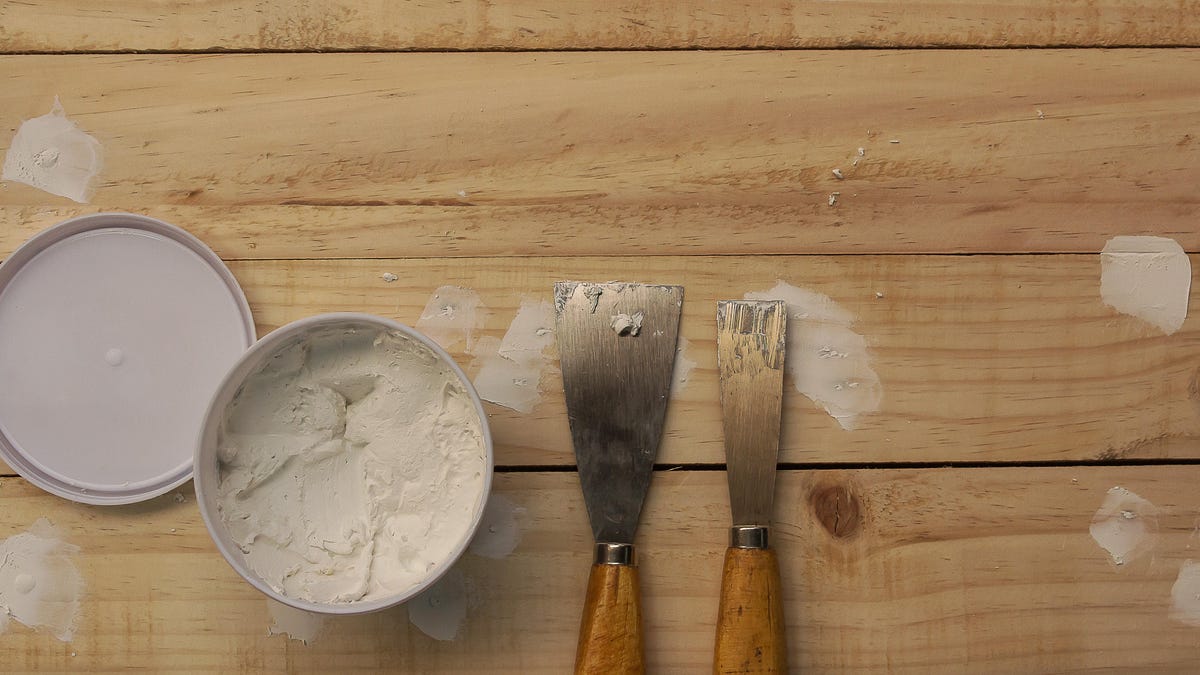The difference between wood putty and wood filler (and when to use them)


One of the advantages of using wood to build furniture, structures, and other objects is that they can be fastened together using materials such as screws, nails, glue, and techniques such as dovetail joints. Also, since wood is a natural material, when using wood (as opposed to particle board) the grain and knots make whatever you make unique.
Wood can also be forgiving in some situations, such as when you need to fill cracks, nail holes, or large chunks that are missing. Here are the differences between wood putty and wood filler and when to use each.
Difference Between Wood Putty and Wood Filler
Wood putty and wood filler may sound like the same thing, but the materials should not be used interchangeably. Here’s what you should know about each:
wood putty
- you have to apply it with a putty knife
- Stay flexible during use
- Can not sand it
- Hard to stain
- Available in a variety of colors to match stained glass and varnished wood.
- Can be used indoors or outdoors
wood filler
- generally, mixture of wood fibers (something like sawdust) and a hardened resin (either water or petroleum-based) penetrate and bond to the wood fibers.
- hardens when hardened
- Polishable
- Can be dyed to match wood
- Usually used for indoor lumber
Proper use of wood putty and wood filler
Because their properties and composition are outlined The above, wood putty, wood filler each best for specific (and different) task. When using wood putty and wood filler:
How to use wood putty
- on that woodwork expand and contract base About humidity (like bathroom or basement)
- Wood already varnished or stained
- To fill a dentcracks, scratches, and small holes in finished furniture, flooring, and interior woodwork
- Fill gouges and cracks in exterior woodwork
- For repairing cracks in deck boards
When to use wood filler
- patch interior woodwork before dyeing and finishing
- To fill in Notches, scratches, holes or gouges in unfinished furniture or flooring
- For shaping damaged edges of tabletops, countertops and shelves
In most cases, deciding which material to use is fairly straightforward, based on the location of the wood and whether it has been finished.
The difference between wood putty and wood filler (and when to use them)
Source link The difference between wood putty and wood filler (and when to use them)



